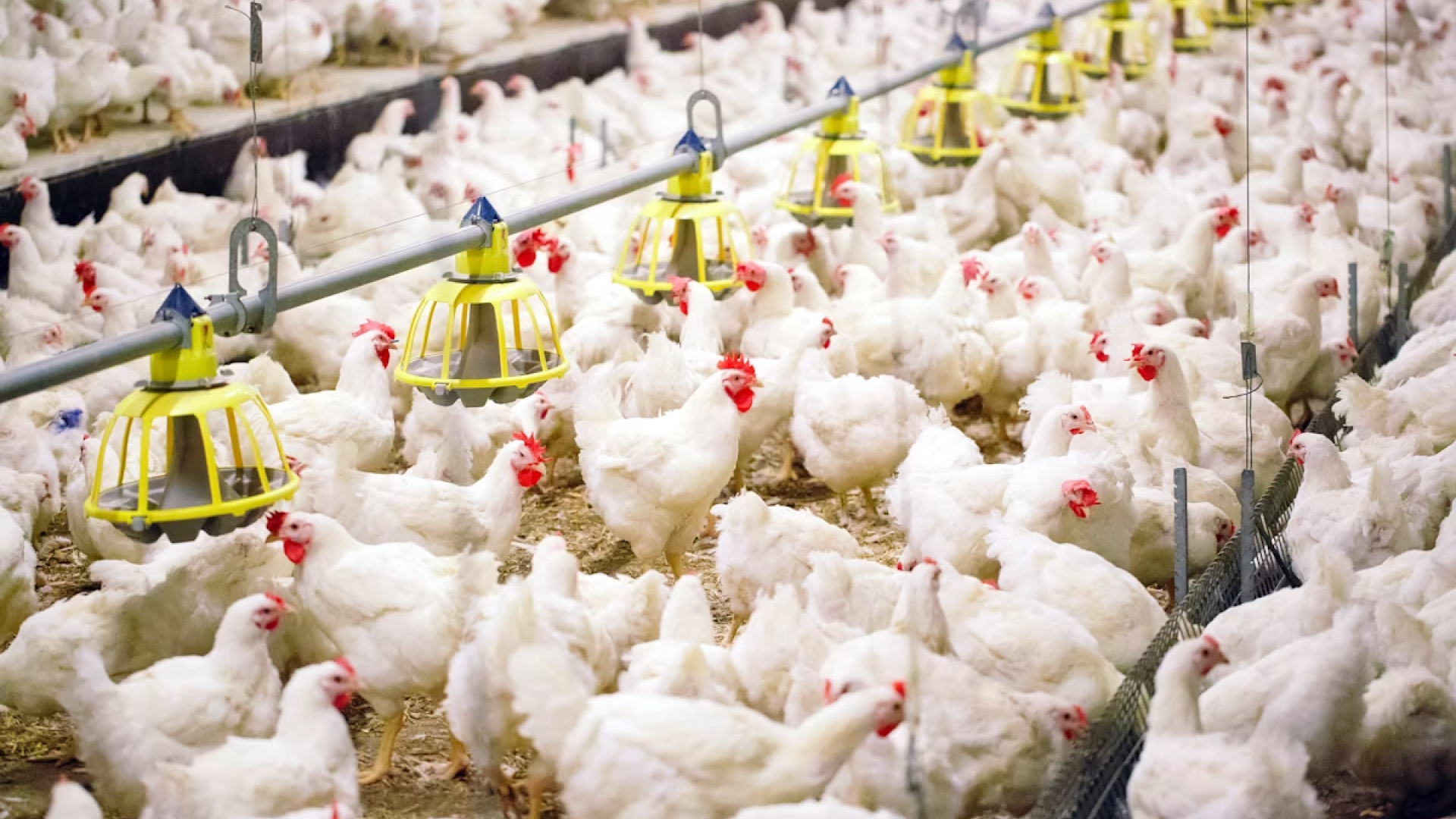Supporting coccidiosis-challenged broiler chickens through nutrition

When broiler chickens are busy fighting the parasitic infection coccidiosis, they can’t absorb nutrients efficiently or put energy toward growth. In addition to traditional medicine, new research from the University of Illinois Urbana-Champaign suggests diet changes might help.
In the experiment, described in a study published in the journal Poultry Science, the university research team the research team induced coccidiosis, and then altered the diet to understand the roles of various ingredients. The team adjusted the starch, oil, and amino acid content of the classic broiler diet and monitored body weight gain and feed conversion ratio.
“If you visualize a triangle, the three points represent diets with the highest starch, oil, and amino acid content,” doctoral student Julianna Jespersen explained. “We used varying proportions of those three ingredients to mix 10 experimental diets, one being a control diet with an equal proportion of each ingredient.”
The optimal diet mix — the diet leading to the highest body weight gain in coccidiosis-challenged birds — consisted of 35.8% starch, 8.9% oil, and 101.3% of recommended amino acids relative to the control diet.
The researchers acknowledge 9% oil inclusion is well above practical levels for the industry. “That level of oil is going to be hard for producers to fathom. But previous research from our lab has shown this parasite reduces lipid absorption in the gastrointestinal tract, so the birds can’t get as much energy or lipid components out of the diet,” said senior study author Ryan Dilger. The researchers acknowledge 9% oil inclusion is well above practical levels for the industry. Producers might look at that and laugh, but the bird is telling us why it should be that high for optimizing outcomes in disease-challenged birds.”
Jespersen says although it may not be feasible to include oil at 9%, the results show that increasing oil to any level above the usual 1% should be beneficial.